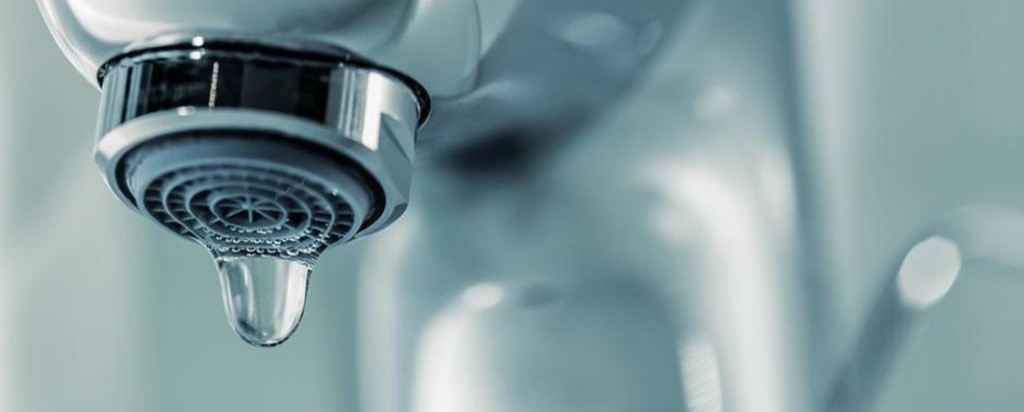Get to Know the Six Principal Factors For Water Leakage Within Your Home
Get to Know the Six Principal Factors For Water Leakage Within Your Home
Blog Article
In this article down the page you will discover a good deal of sensible additional info related to Top Causes of Home Water Leaks.

Leakages not just trigger waste of water but can additionally create unnecessary damages to your house as well as promote undesirable organic growth. However, water leaks may go undetected because the majority of the pipework in our residence is hidden. By recognizing and looking for daily circumstances that create leakages, you can safeguard your residence from future leaks and unneeded damages. Today, we will certainly take a look at 6 leak causes that may be creating your pipelines to drip.
Intruding origins
The majority of water leakages begin outside your home rather than inside it. If you discover an abrupt reduction in water pressure, claim in your tap, take time to go out as well as analyze your yard. You may discover wet spots or sinkholes in your backyard, which could imply that tree roots are attacking water lines creating water to seep out. You can have your plumber check for invasion, especially if you have trees or hedges near your home.
Corroded water systems
This might be the reason of staining or bending on your water pipes. If our plumbing system is old, think about changing the pipelines since they are at a higher danger of deterioration than the more recent designs.
Defective Pipeline Joints
The point at which your pipes link is frequently the weakest link in the waterline. Pipe joints can wear away gradually, resulting in water leakages. Sadly, most of pipe joints are not quickly visible. If you have noisy pipelines that make ticking or banging noises, particularly when the hot water is activated, your pipe joints are possibly under a great deal of pressure. It is recommended to have your plumber inspect your system annually.
Immediate temperature changes.
Extreme temperature level modifications in our pipelines can cause them to broaden as well as get suddenly. This development and also tightening might cause fractures in the pipelines, particularly if the temperature level are below freezing. It would certainly be best if you kept an eye on exactly how your plumbing works. The visibility of the previously stated scenarios regularly shows a high threat.
Poor Water Connectors
At times, a leakage can be caused by loosened pipes as well as pipes that provide your appliances. In situation of a water links leakage, you may notice water running straight from the supply line or puddles around your home appliances.
Blocked Drains
Clogged drains could be annoying and also inconveniencing, but they can occasionally end up causing an overflow leading to break pipes. Maintain eliminating any products that might drop your drains that can obstruct them to stay clear of such inconveniences.
All the above are reasons for leakages yet not all water leaks result from plumbing leakages; some leaks might originate from roofing leakages. All leakages need to be repaired immediately to stay clear of water damages.
Leaks not just create waste of water yet can likewise cause unnecessary damage to your home as well as advertise unwanted natural development. By looking and also comprehending for everyday scenarios that trigger leakages, you can secure your house from future leakages and unnecessary damages. Today, we will look at 6 leak triggers that might be causing your pipelines to trickle.
At times, a leak can be created by loose hoses and also pipes that supply your appliances. In situation of a water connections leakage, you might notice water running straight from the supply line or puddles around your home appliances.
How To Check For Water Leak In Your Home
How To Check for Leaks
The average household's leaks can account for nearly 10,000 gallons of water wasted every year and ten percent of homes have leaks that waste 90 gallons or more per day. Common types of leaks found in the home are worn toilet flappers, dripping faucets, and other leaking valves. These types of leaks are often easy to fix, requiring only a few tools and hardware that can pay for themselves in water savings. Fixing easily corrected household water leaks can save homeowners about 10 percent on their water bills.
To check for leaks in your home, you first need to determine whether you're wasting water and then identify the source of the leak. Here are some tips for finding leaks:
Take a look at your water usage during a colder month, such as January or February. If a family of four exceeds 12,000 gallons per month, there are serious leaks.
Check your water meter before and after a two-hour period when no water is being used. If the meter changes at all, you probably have a leak.
Identify toilet leaks by placing a drop of food coloring in the toilet tank. If any color shows up in the bowl after 10 minutes, you have a leak. (Be sure to flush immediately after the experiment to avoid staining the tank.)
Examine faucet gaskets and pipe fittings for any water on the outside of the pipe to check for surface leaks.
Undetected water leaks can happen without the home or business owner even realizing. If you suspect a water leak, but not able to find the source. It is time to contact a professional water leak detection service, The Leak Doctor.
How To Find a Water Leak In Your Home
https://www.leakdoctor.com/blog/How-To-Check-For-Water-Leak-In-Your-Home_AE197.html

As a serious person who reads about Common Water Leaks In House, I imagined sharing that portion was worthwhile. Sharing is caring. Helping people is fun. We love reading our article about How Fast Water Damage Can Ruin Your Home.
Pipe burst? Phone now! Report this page